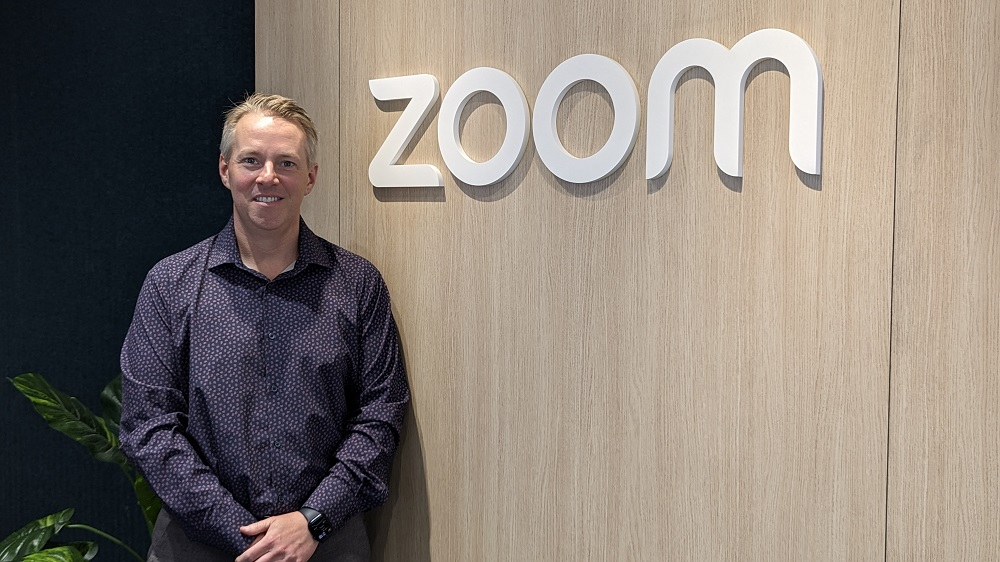The untold secrets of effective team-building

During a recent discussion about the future of work, one key point emerged: the idea that organisations themselves must transform to enable new ways of collaboration. The old hierarchies are dead – long live team-based structures; or so the sentiment went.
Indeed, team-based working itself is set to evolve to become more fluid, adopting a plug-and-play approach that will enable cross-departmental collaboration and a sense of agility across organisations. That, in turn, will help talent across the spectrum to keep up with the age of disruption.
This is not a brand-new concept by any means: from as early as two years ago, a report by Deloitte noted that “a new organisational model” was already on the rise. In this model, companies were building and empowering a networks of teams to work on specific business projects and challenges
“These networks are aligned and coordinated with operations and information centres similar to command centres in the military. Indeed, in some ways, businesses are becoming more like Hollywood movie production teams and less like traditional corporations, with people coming together to tackle projects, then disbanding and moving on to new assignments once the project is complete,” the Human Capital Trends 2016: The new organisation – Different by design report noted.
“Companies are decentralising authority, moving toward product and customer-centric organisations, and forming dynamic networks of highly-empowered teams that communicate and coordinate activities in unique and powerful ways.”
This networked structure seems to be the logical step following the increased frenzy around innovation and collaborative working. Many organisations have already eliminated the physical walls of cubicles, instead ushering employees into open-office layouts. So why not eliminate the “metaphysical” walls, as well?
Of course, people aren’t necessarily going to work better with each other just because teams now reign supreme within the organisation.
To get the most out of a networked structure, organisations need to help their teams find that vital trust and synergy. Teambuilding might seem like an old-fashioned idea – or just another word for “enforced fun” – but in the new ways of working, it becomes more important than ever before.
Gregory Kalabekov, founder and Lead Facilitator of Griness, says the outcome of a well-designed and delivered teambuilding programme may not be immediately obvious. He likens it to a carrot growing in a garden – “the most valuable part is not immediately visible – it is hidden under the ground.”
Trust is one of these invisible benefits, and one that many HR practitioners seem to specifically want from teambuilding activities. In a recent HRMAsia.com poll, it came up tops as the most desired outcome. Ultimately, teambuilding provides a way for people to work together without all the stakes and risks of regular work.
People aren’t necessarily inclined towards politics or showboating when they’re out on a field armed with paintball guns, and these lowered walls make it easier to communicate – especially about things that aren’t related to work. Kalebekov says this communication is foundational for trust to develop.
The mere act of getting out of the office to do something unrelated to work can be akin to lifting a weight off one’s shoulders. For example, a drumming session can help people de-stress while making music – and just being able to see a fellow colleague smile and show some hidden talents might put them in a new light, or deepen existing connections.
There’s also the idea of “collective efficacy”. Psychologist Albert Bandura defines this as a group’s shared belief in its ability to organise and execute the courses of action required to achieve success. Various studies – often in sports teams, but also among students and in the military – have shown that a strong collective self-belief in turn improves collective performance.
Translating this academic concept into a solid teambuilding exercise is not as difficult as it might sound – Kalabekov explains that it’s simply a matter of structuring it such that groups are able to overcome challenges and work together.
“Along the way, we encourage teams to acknowledge and celebrate small wins,” he adds.
Teambuilding is also about enabling psychological safety, says Kalabekov. A recent Google study, conducted over two years among the tech giant’s near-200 teams, found that psychological safety – the sense that you can speak up, ask questions, be yourself, and make mistakes, without fear of repercussion – was a common trait shared by its highest-performing teams.
Much about the act of forging psychological safety depends on workplace culture, and how organisations and managers handle feedback and conflict, but teambuilding exercises can also be a useful tool.
For instance, a day of silly contests like egg races might seem like an exercise in embarrassment, but it can also be also help people realise that their teams can be a “safe space” – if you can get pie on your face in front of your colleagues, and laugh it off, you might feel less self-conscious about bringing up ideas or comments.
Kalabekov concurs, explaining that psychological safety can be encouraged by “creating a playful atmosphere, introducing out-of-comfort-zone challenges, and encouraging constant communication between participants.”
Getting started
Thought and consideration are essential to get the most out of teambuilding, If nothing else, because there are multiple stakeholders to address, as Kalabekov points out.
Firstly, there is senior management. This group usually wants to know what the objectives and outcomes are for a teambuilding event: “these could be about reinforcing corporate values, making the team more adaptable to changes, or building positive work culture,” notes Kalabekov.
Then, of course, you have the participants themselves: “They are looking for a teambuilding experience that is novel (no one wants to play the same games again and again), engaging, and meaningful (they should be able to understand how they can apply their learning back in the workplace).”
But that’s not all: HR leaders also have to consider the current dynamics and maturity of the different teams. Psychologist Bruce Tuckman has described different teambuilding stages as: “forming , “norming”, and “performing”.
Forming, as the name implies, is the infancy stage. Team members have only just come together – perhaps the result of restructuring – and are still developing their thoughts on each other. In this instance, HR leaders might want to consider ice-breaker games that help them get to know each other. In the norming stage, teams are more familiar with each other, but still working to reach an optimum stage of synergy and comfort. That is when they reach the performing stage. Each of these stages necessitates a different approach in team building and bonding.
“Just as there are different medicines for different cases, there are different activities for different groups,” notes Kalabekov.
Fun with dominos and laser swords
Fortunately, teams are spoiled for choice these days.
For instance, Griness offers activities ranging from art-jams to the “Bizarre Olympics”, which features wacky takes on conventional sports – “XXL Volleyball”, “Goofy Golf”, and “Hamster Wheel Run” are just three of the favourites among corporate clients. There’s also domino-building, which is great for larger teams that want a specific project to collaborate on.
“[In this experience], teams build small domino designs and then connect them together with an ambitious goal to topple 100% of dominos by a single touch. We have done it for groups as large as 1,000 people,” says Kalabekov.
Smaller groups might also enjoy “CSI”, an immersive crime scene experience where teams can work together to solve the mystery – and where participants “tap on various unexpected talents of their team members, allowing everyone to shine at some point of the game.”
When done well and structured with care, a teambuilding experience can make people think about how they function in a group, and bring them closer together. But perhaps one of the most important features is that they are a way for people to get out of the office, and indulge in the lighter side of working life.
At The Fun Empire, as the name implies, it’s all about fun and memorable experiences through “the power of play”.
“We take great effort to design our experiences and game-play to incorporate elements of team work, communication, trust, and camaraderie while clients are fully engaged in the game-play,” says Stephenie Koh, Manager at The Fun Empire.
The Singapore-based company’s most popular activities include combat archery, laser tag, along with proprietary activities such as SaberFit, a Star Wars inspired fitness class that has participants wielding colourful laser swords as they go through saber striking techniques.
As Koh points out, “The future of work is evolving and clients are constantly looking to incorporate fun into their workplace.”



